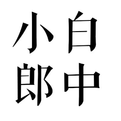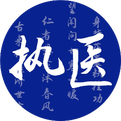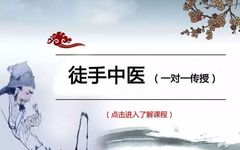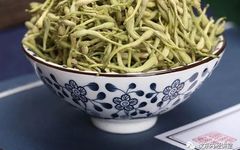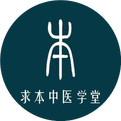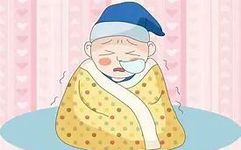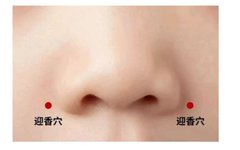Sharing the Original Text of “The Chapter on Damp-Heat Diseases” by Xue Shengbai from the Qing Dynasty
Damp-Heat Diseases Xue Shengbai of the Qing Dynasty (1) The damp-heat syndrome begins with aversion to cold, followed by heat without cold, sweating, chest fullness, a white tongue, and thirst without desire to drink. My note: This line outlines the damp-heat syndrome. Damp-heat diseases mostly belong to the Yangming and Taiyin categories. If the central … Read more



